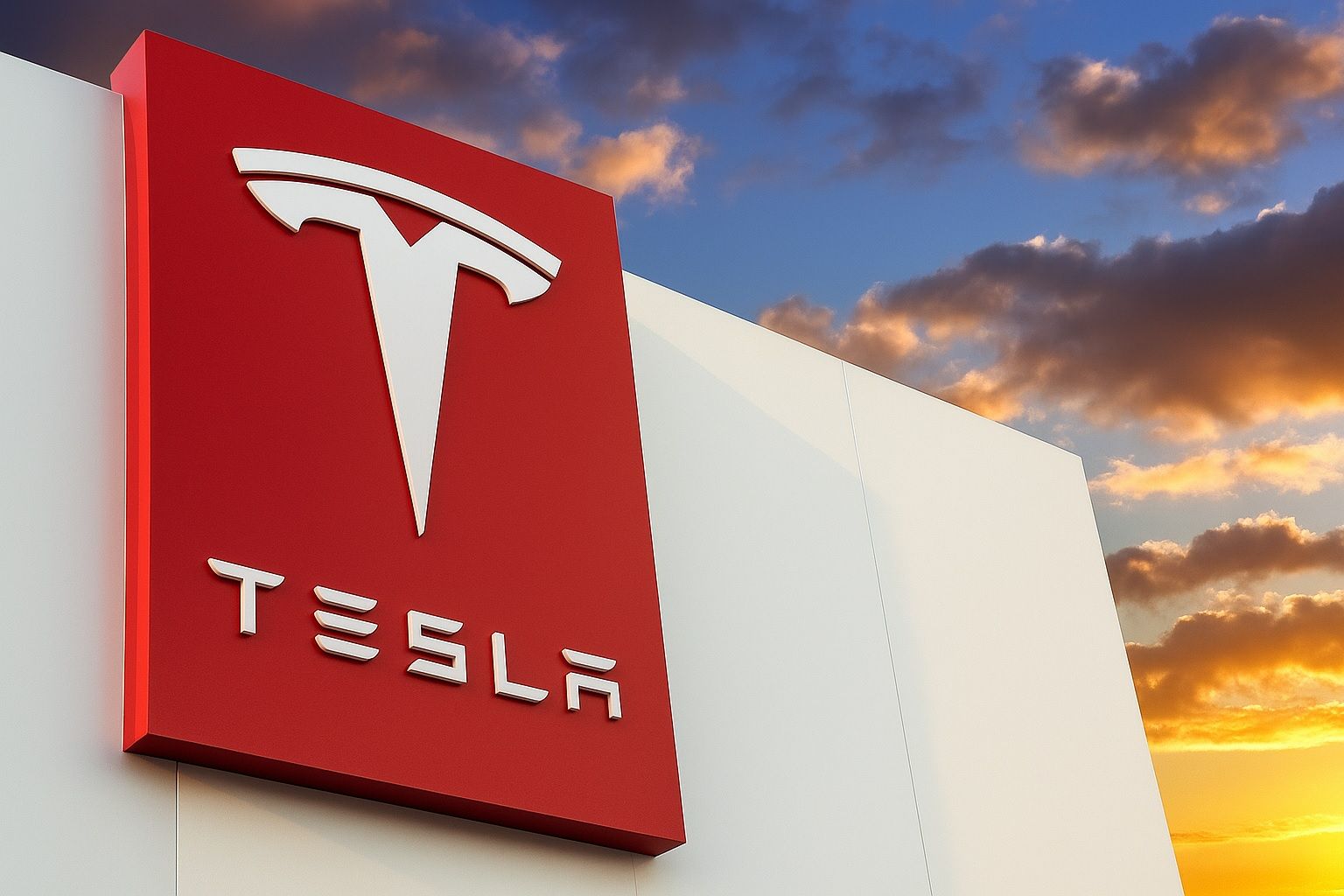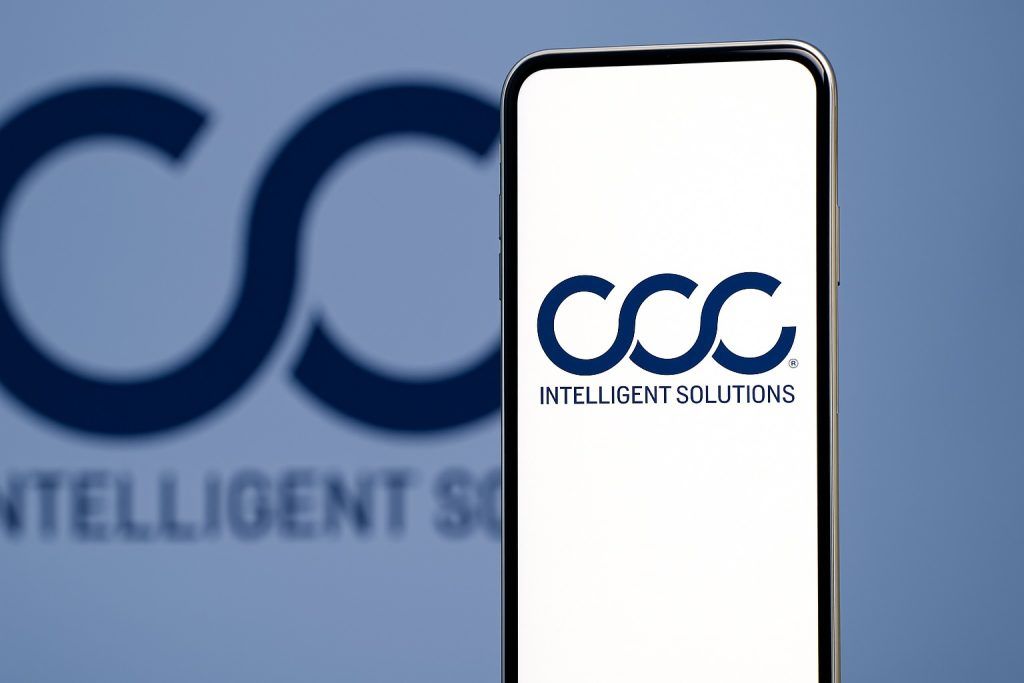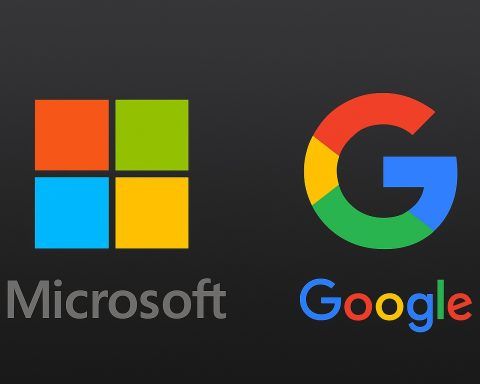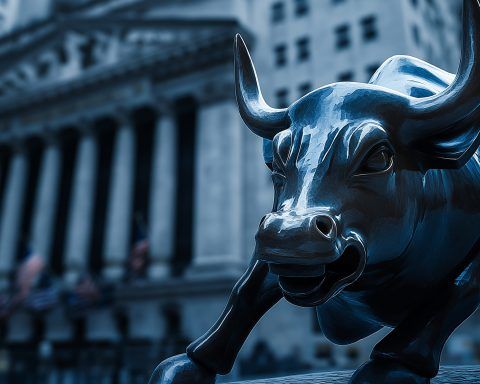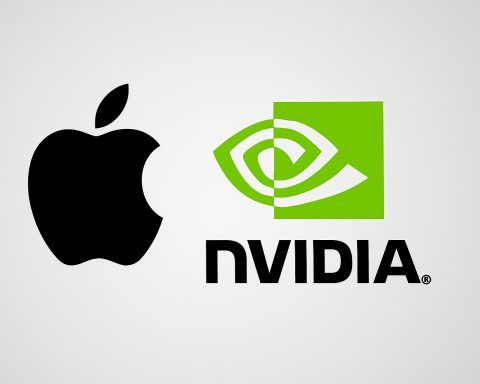- Musk’s record pay plan passes with ~75% support at Tesla’s AGM in Austin. Shareholders also backed annual director elections and gave a non‑binding “yes” to exploring an investment in xAI. [1]
- AI hardware push: Musk says Tesla will likely build a “gigantic chip fab” and is open to partnering with Intel; Tesla’s 5th‑gen AI chip aims to be far cheaper and more power‑efficient than Nvidia Blackwell. [2]
- China autonomy timeline: Musk expects full approval of Tesla’s Full Self‑Driving (FSD) in China around February–March 2026; FSD there is only partially approved today. [3]
- Cybercab & product roadmap: Musk said Cybercab production is planned to begin in April 2026; he also teased a coming Roadster demo. [4]
Shareholders bet big on Musk’s AI & robotics vision
At Tesla’s 2025 annual meeting on Thursday (Nov. 6) in Austin, investors approved the largest CEO compensation package in corporate history—a performance‑based award that could be worth up to $1 trillion over the next decade if audacious operational and valuation milestones are met. The approval reportedly cleared with more than 75% support; Musk was also able to vote his ~15% stake after Tesla relocated its incorporation to Texas. [5]
Beyond pay, shareholders voted to hold annual elections for all directors and supported (in a non‑binding vote) exploring a Tesla investment in Musk’s AI startup, xAI—though many abstained, signaling governance scrutiny ahead as any potential related‑party deal is evaluated. [6]
AI chips: from Dojo to a Tesla “terafab”
Musk told shareholders Tesla will likely need to build a “gigantic chip fab”—what he quipped could be a “terafab”—to secure enough AI compute for autonomy and robotics. He floated the idea that “it’s worth having discussions with Intel” as a manufacturing partner, while reiterating Tesla’s ongoing work with TSMC and Samsung. He outlined an AI hardware roadmap: a 5th‑generation Tesla AI chip (“AI5”) with about one‑tenth the cost and roughly one‑third the power draw of Nvidia’s Blackwell, with limited units in 2026 and high‑volume output in 2027; a follow‑on AI6 would target mid‑2028 volume using the same fabs. He also sketched an aggressive 100,000+ wafer‑starts/month capacity goal for a future Tesla fab. [7]
Why it matters: If Tesla executes on in‑house AI silicon at scale, it could compress costs for FSD, robotaxis, and Optimus—areas Musk argues underpin Tesla’s next decade of growth.
China: FSD eyeing full approval in Q1 2026
Musk said he expects full regulatory approval for FSD in China “around February or March” 2026. Today, FSD there retains partial approval that limits features (e.g., no gear‑shifting for end‑to‑end autonomous parking) and still struggles with some local traffic signs—tensions that have built as buyers paid 64,000 yuan (~$9,000) for FSD hoping for a full rollout. [8]
Market context: China is pivotal for Tesla but competition has intensified; Tesla’s China‑made EV sales fell 9.9% year over year in October to 61,497, per CPCA data this week. [9]
Robotaxi & product notes: Cybercab in April 2026; Roadster demo teased
Onstage, Musk said Cybercab production will begin in April 2026—the steering‑wheel‑less, two‑seat robotaxi that anchors Tesla’s autonomy story. He also teased a Roadster demonstration planned for an April 1 event. Taken together, the remarks set a high bar for 2026 launches even as the broader EV market faces pricing pressure. [10]
How Wall Street is reading the vote
Early analyst takes frame the pay approval as a high‑risk/high‑reward alignment: supporters see the package as tightly tied to near‑impossible milestones (so Musk earns only if shareholders win big), while skeptics warn of key‑man risk, dilution, and execution challenges across EVs, AI, and robotics. [11]
What this means for investors
- Governance trade‑offs: The vote underlines investors’ willingness to center Tesla’s strategy on Musk—even as scrutiny persists around related‑party possibilities (e.g., xAI) and board oversight. [12]
- Execution clock starts now: AI chip “terafab” plans, China FSD timelines, Cybercab production, and the Roadster demo collectively create deadline density in 2026. Delivering on all four would be a powerful de‑risking signal; slippage would invite pushback. [13]
- China is the swing factor: Regulatory clarity on FSD and demand stabilization could reshape Tesla’s Asia momentum. October data were soft, underscoring the importance of the 2026 approvals window. [14]
Timeline & what to watch next
- Nov. 2025: Shareholder approvals (pay plan; annual elections; advisory support to examine xAI investment). [15]
- Late 2025–2026: Chips — AI5 sampling in 2026; volume 2027; AI6 mid‑2028 on same fabs (plus any Intel partnership developments). [16]
- Feb–Mar 2026: Target window for China FSD full approval. [17]
- April 2026:Cybercab production start; Roadster demo around April 1 (as teased). [18]
FAQs
What exactly did shareholders approve?
A performance‑based award that could reach $1T at maximum if Tesla hits a series of aggressive operational and valuation milestones; holders also backed annual director elections and signaled support to examine a Tesla investment in xAI. [19]
Did the vote change near‑term fundamentals?
Not directly. It clarifies leadership and strategy and may reduce overhang risk. Execution on chips, FSD (China), Cybercab, and Optimus/AI will drive the numbers. [20]
How did the stock trade today?
TSLA was volatile and down intraday at the time of writing, reflecting broader market jitters and profit‑taking after the vote headlines. (See live chart above.)
Sources
- Reuters live & wrap coverage of the vote and outcomes (pay plan approval; annual elections; xAI advisory vote; product remarks). [21]
- Reuters on AI chip “terafab” concept, potential Intel fab discussions, and AI5/AI6 roadmap details. [22]
- Reuters on China FSD timing and current partial approval constraints. [23]
- CPCA/Reuters on China sales (October). [24]
- InsideEVs on Cybercab production timeline; Business Insider on Roadster demo tease. [25]
- Reuters “Wall St reacts” for analyst sentiment snapshots. [26]
References
1. www.reuters.com, 2. www.reuters.com, 3. www.reuters.com, 4. insideevs.com, 5. www.reuters.com, 6. www.reuters.com, 7. www.reuters.com, 8. www.reuters.com, 9. www.reuters.com, 10. insideevs.com, 11. www.reuters.com, 12. www.reuters.com, 13. www.reuters.com, 14. www.reuters.com, 15. www.reuters.com, 16. www.reuters.com, 17. www.reuters.com, 18. insideevs.com, 19. www.reuters.com, 20. www.reuters.com, 21. www.reuters.com, 22. www.reuters.com, 23. www.reuters.com, 24. www.reuters.com, 25. insideevs.com, 26. www.reuters.com
